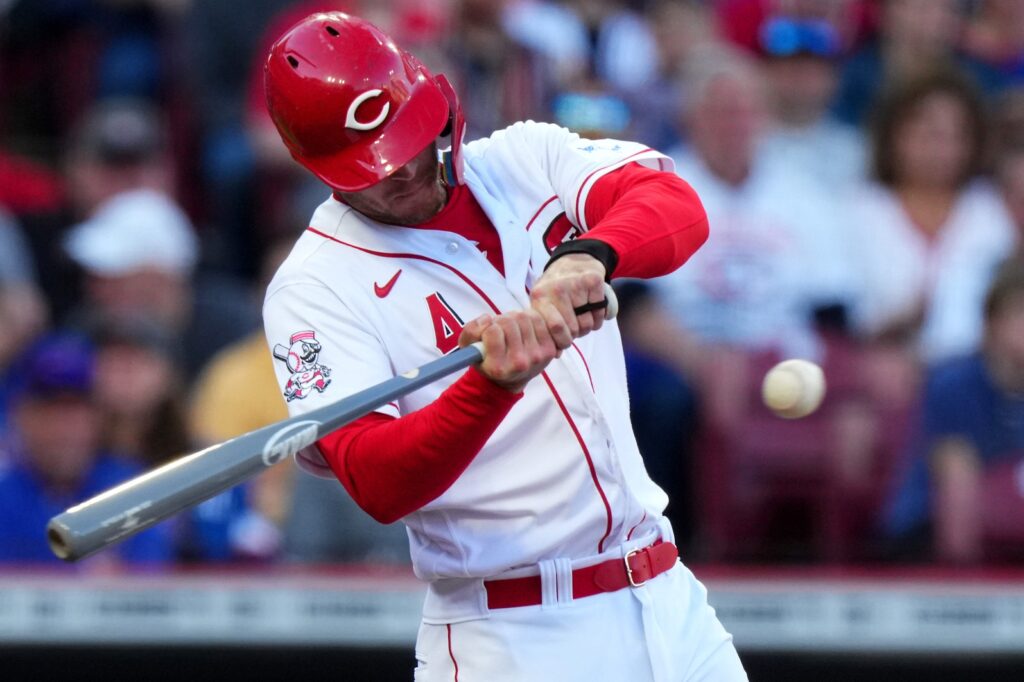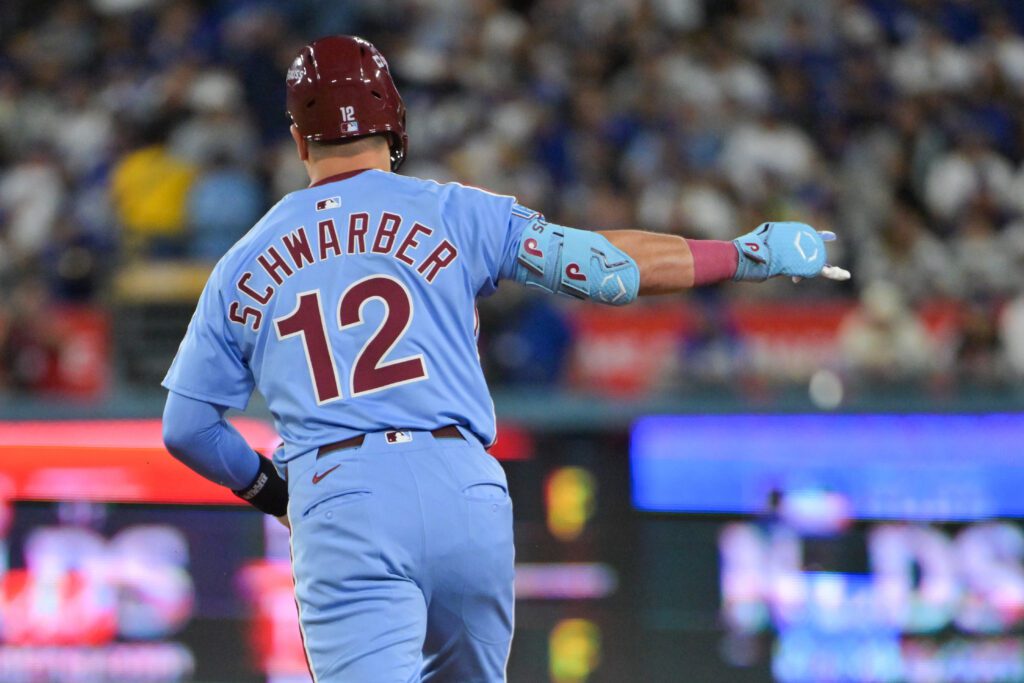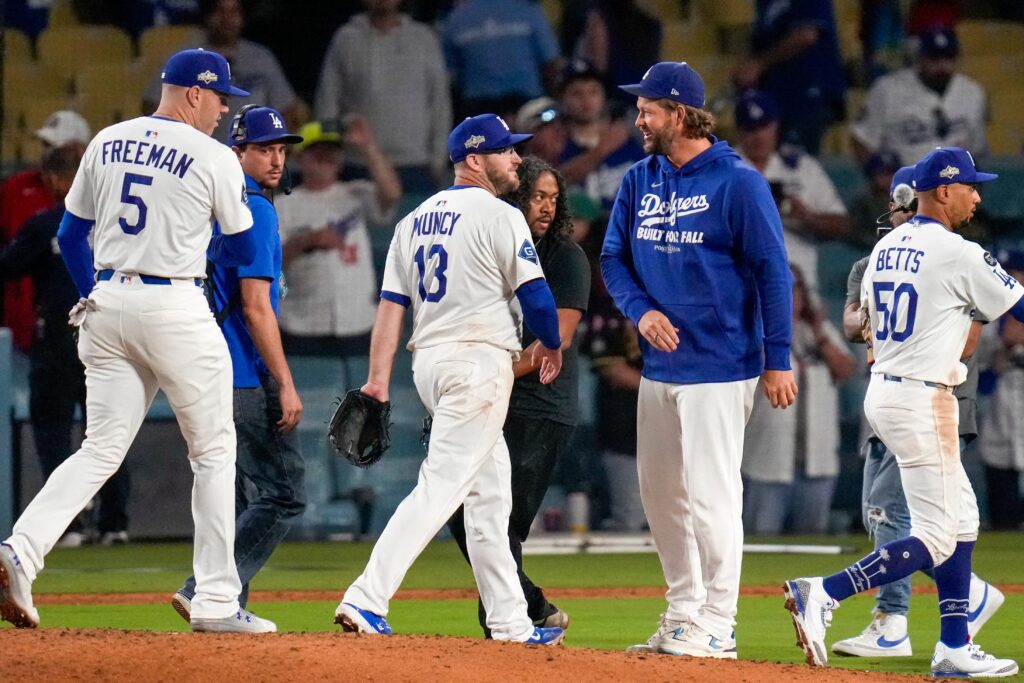We’re only a few weeks into the 2023 NL Central race but questions are already beginning to be asked about the recent off-season acquisition of Wil Myers.
On paper, the Myers contract made sense. The Cincinnati Reds, seemingly mired forever in a financial moratorium by their tight-pursed president, Phil Castellini, looked to address a lack of experience in right field — with the added benefit of having another body to place at first base while Joey Votto continues to rehab from major shoulder surgery performed late last season. The 32 y/o outfielder Myers was signed to a one-year. $7.5 million deal.
How has the early return been on that investment for the Reds thus far?
Why the Wil Myers Experiment May Have Already Failed in Cincy
It’s not me it’s you
As of this writing (April 13th, prior to the game vs the Phillies), Myers has a team-worst number of strikeouts at 15 in 40 at-bats. He has seven hits, six walks, four runs, and has batted in a single run. His slash line in that time reads like a big-leaguer’s worst nightmare at 175/.283/.200. Among players with at least 3.1 plate appearances, he is 178th out of a total of 194 eligible players. His WAR is a paltry -0.3, good for 399th in the league out of a total of 422 eligible players.
Only rookie big-leaguer Jason Vosler has a worse batting average at .167 (albeit in four fewer at-bats). But even he’s shown some glimmers of hope in his at-bats by knocking three dingers out of the park for his new team. Myers has zero home runs to his credit since donning a Reds uniform.
His fielding hasn’t been much better. He’s already been charged with one error and his DWAR for right field is -0.1. His range factor — a metric that determines a player’s ability to make successful defensive plays and avoid errors — is a major league-worst among right fielders at 1.10. For comparison, the average range factor for right fielders is about 2.07.
To say things have gotten off to a bad start for Myers in Cincy would be a gross understatement. But, is there a way he can contribute to this young Reds team moving forward?
Going Home
Let’s set aside his defensive struggles for another time and turn to what is Myers’ most obvious weakness: his approach at the plate.
As noted by on-air color commentator for the Reds, Chris Welsh, Myers sets up way back in the batter’s box. So far in fact, that any pitch middle and away gives him the appearance of someone hopelessly swinging at a piñata while blindfolded. It isn’t pretty. But while it may seem that way to the naked eye, what do the numbers tell us?
His Strikeout (K) % has been steadily climbing over the past few seasons. From 2021 to the current 2023 season, it jumped from 28.2% to 32.6%.
His Whiff% — a measure of swinging strikes per swing — seems to bear out this lack of plate discipline. He has bounced around at 30% or above for the past two seasons. In 2023, it’s at an all-time high of 36.8% (the MLB average for the past two seasons is 23.28%).
But what happens when he does make contact?
Hard Knocks
Myers’ Hard Hit Rate — a percentage of balls batted at 95mph and above — has steadily declined from an all-time high of 45.8% in 2020 to his new career low of 29.2% for this season.
His Barrel % — the most predictive measurement of a batter’s power — has been steadily declining. Myers went from a career-high Barrel% of 14.8 in 2020 to his now personal worst of 4.0%. An MLB average for Barrel% sits around 6-9%.
So what do you do when you have an aging player who has declining plate discipline coupled with a steady loss of power? You call in an expert.
So You’re Telling Me There’s a Chance
In the off-season, the Reds made a few changes in the clubhouse staff. One of these was the hitting coach. Newly promoted Reds hitting coach Joel McKeithan — who notably worked with former Reds utility player Brandon Drury (among others).
Reds GM Nick Krall, when asked by Bobby Nightengale of the Cincinnati Enquirer about McKeithan’s hiring had this to say: “We actually had some improvements last year with people (McKeithan) worked directly with whether it was Brandon Drury or guys like that who have come in…”
How much did Drury improve in his stint as a Red last season?
His slash line went from .274/.307/.476 — in what was already considered a resurgent season for him with the Mets — to .274/.335/.520 for 2022 (before being traded to the Padres in August of that year). His Barrel% tracked right along with this increased offensive output and went from 6.5% for the 2021 season to a career-best 10.4% in 2022.
But it wasn’t just what Drury was doing with the ball that changed, his plate discipline seemed to have improved as well. Drury’s batting ratios — Home Run%, Strike Out%, and Bases on Balls% (Walks) — went from 4.6%, 25%, and 3.4% in 2021, to 5.2%, 21.8%, and 7.8% respectively for 2022. His Whiff% bore out this improved discipline too and went from 24% to a career-low of 21.5% working under McKeithan.
Before his mid-season trade, Drury was the Reds most accomplished hitter. Period.
If McKeithan was the driving force behind those impressive numbers that Drury put together for 2022, it’s hard to believe that, given a little more time with Myers (assuming Myers is open to being coached), he wouldn’t be able to address at least some of the right fielder’s issues at the plate.
Tomorrow Never Knows
It’s easy to be dismissive of an aging player on what appears to be a one-year stop gap deal. While Myers isn’t the type of hitter that’s ever going to set the league on fire with Aaron Judge like other-worldly power — or superhuman defense like Mookie Betts — given the right environment and the appropriate tools to improve, there’s no reason to discount him from being able to contribute for the club in meaningful at-bats.
As the great Yogi Berra reminded us, “It ain’t over ‘till it’s over.” Hopefully, Reds Nation will take that same mindset as they wait for the embattled Myers to start contributing.
Main Image: Kareem Elgazzar/The Enquirer / USA TODAY NETWORK



